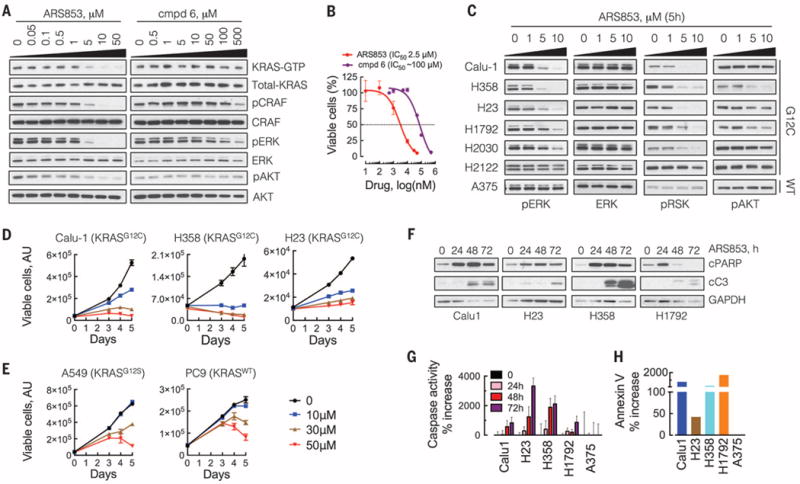Fig. 1. Selective inhibition of KRASG12C signaling and cancer cell growth by ARS853.

(A) KRASG12C mutant cells (H358) were treated with a novel (ARS853) or a previously described (cmpd 6) compound for 5 hours. The effect on the level of active, or GTP-bound, KRAS was determined by a RAS-binding domain pull-down (RBD:PD) assay and immunoblotting with a KRAS-specific antibody. The effect on ERK and AKT signaling was determined by immunoblotting with the indicated antibodies. A representative of at least two independent experiments for each compound is shown. (B) H358 cells were treated for 72 hours with increasing concentrations of the indicated inhibitors, followed by determination of viable cells by the ATP glow assay (n = 3 replicates). (C) The effect of ARS853 treatment on the inhibition of signaling intermediates in a panel of KRASG12C-mutant lung cancer cell lines. KRASWTA375 cells were used as a control. A representative of at least two independent experiments for each cell line is shown. (D and E) The cell lines were treated over time to determine the effect of ARS853 on the proliferation of G12C (D) or non-G12C (E) KRAS models (n = 3 replicates). (F) The effect of ARS853 treatment on the cleavage of apoptotic intermediates was determined by immunoblotting with the indicated antibodies. A representative of two independent experiments is shown. (G) Cell extracts from the indicated cell lines treated with ARS853 were subjected to a caspase activation assay with the Z-DEVD-AMC reporter substrate. The increase in fluorescence relative to untreated (0) is shown (n = 3 replicates). (H) Following treatment with ARS853 for 24 hours, the cells were stained with annexin V and evaluated by flow cytometry to determine the increase in annexin V–positive cells relative to untreated cells. Data in (B), (D), (E), and (G) are mean and SEM.
